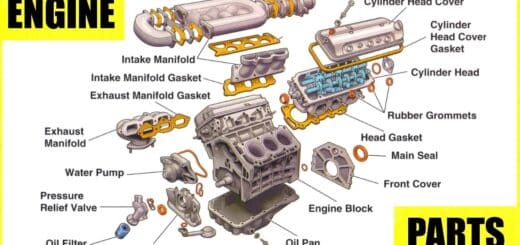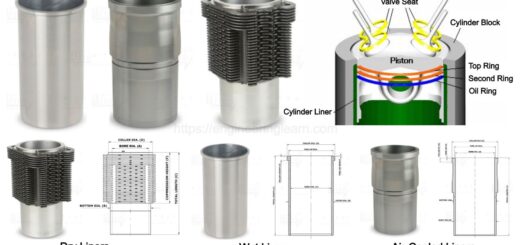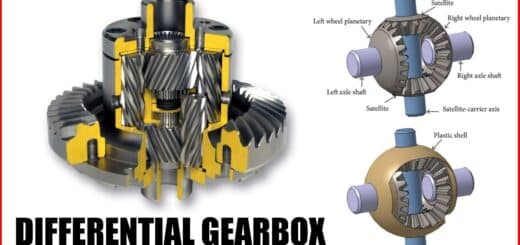6 Types of Roof Racks (Car) – Definition, Key Features, Pros and Cons [with Pictures & Names]
![5 Types of Roof Racks (Car) - Definition, Key Features, Pros and Cons [with Pictures & Names]](https://engineeringlearn.com/wp-content/uploads/2022/07/Roof-Racks-1024x539.jpg)
Introduction
Types of Roof Racks (Car) – Definition, Key Features, Pros and Cons [with Pictures & Names]: – Whether you are planning to go for a speedy outing with your more family members or on long trekking, Roof racks come in handy. A Roof rack is additional storage put on the top of the vehicle to convey bigger items like kayaks, large holders, and so on. The roof rack is not a standard part of the car accessory; it is something that you might consider if you need extra storage space.
Rooftop racks are additionally significant in the event that you’re moving or heading to college, as they give you more space to pack. You’d settle on a moving van on the off chance that you had a colossal measure of stuff, however for a fast hike across town to another apartment or a residence, a Roof rack is an easy-to-utilize, exquisite expansion to your family vehicle that finishes the job well.
Types of Roof Racks
How about we take a look at the various kinds of roof racks accessible, for what reason you’d utilize one over the others, and how valuable they can be in your daily life.
1. Naked Roof Rack: ( Types of Roof Racks )
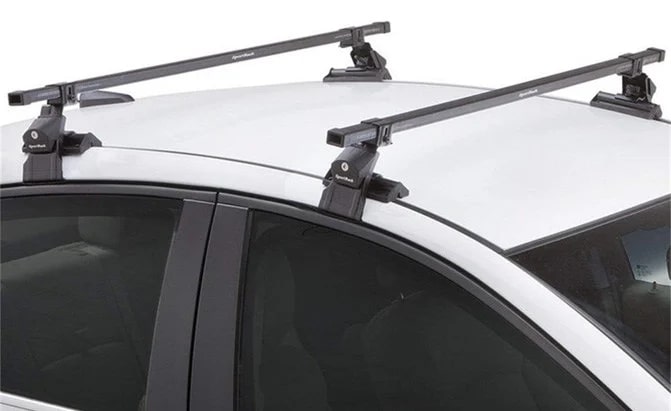
This is the default for by far most vehicles, however assuming that you’re talking about a vehicle made over the past 10 years, this doesn’t imply that a “naked roof” has no rack or rack capabilities. Naked rooftops have small, plastic sprinters to which a rack can be joined, and this separates a “naked” roof on a modern car from the bare roof of a vehicle made in earlier times.
However, you could think those slim plastic rails alongside your vehicle’s roof are there for design or to diminish drag, they’re expected to be the anchor for a temporary or super durable roof rack.
Key Features
- The naked roof is the default rooftop type for by far most of the vehicles made in the last decade or so, and it’s the reason for connecting any sort of rack framework.
- It seems as though it very well may be a drain or embellishment, yet it’s fundamentally critical to have the option to flawlessly install a rack, however without anyone else it sits idle.
- These work best with transitory frameworks that clip in around them, but they can be the point of installation for a long-lasting rack framework assuming that need be.
- Contingent upon your type of vehicle, on the off chance that you’re purchasing a production line, or new model, you can select to have an alternate rack installed instead of the naked rooftop as an upgrade in most cases.
Pros
- The default setting that permits you to fully customize anything rack framework you need to utilize
- Attractive and doesn’t interfere with anything connected with taking care of the vehicle.
Cons
- You should update these obviously to have a useful rack on your vehicle.
2. Side Rails: ( Types of Roof Racks )
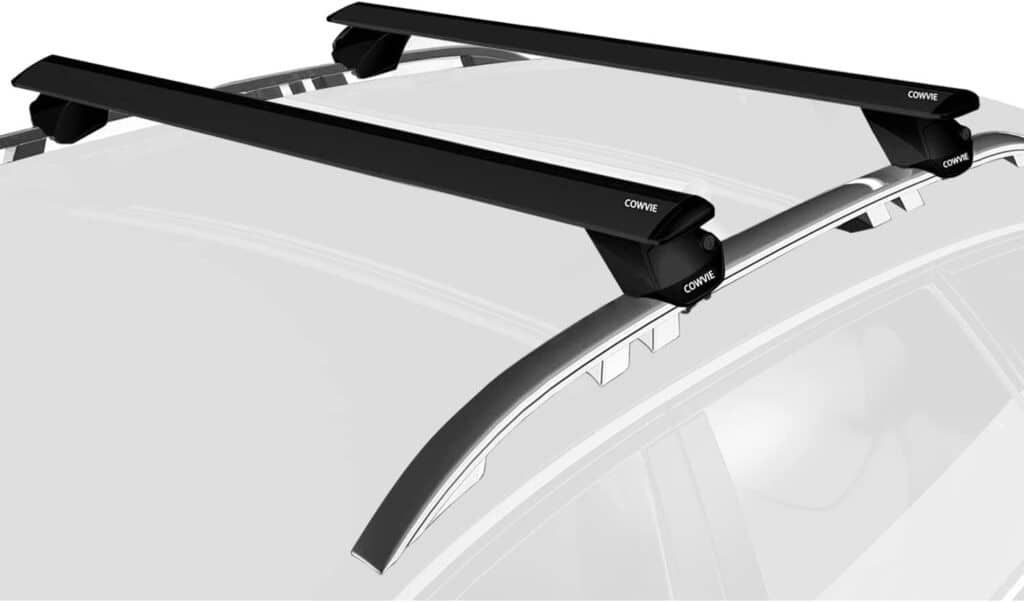
Rails seem as though they’d be a roof rack framework themselves however they’re not. However you can strap something down utilizing these rails, it’s not suggested – rather these should be the reason for a more complex rack system. Side rails are regularly tracked down on SUVs, conversions, and vans, and turn out great to move something like a mattress across town yet ought not to be utilized to strap down anything significant for longer drives.
They work by running straps underneath and afterward over your load, clipping the straps on the contrary side. Extraordinary when there’s no other option, however better used to secure a greater framework.
Key Features
- There are two essential side rail rooftop racks – fixed and raised. The raised rooftop racks will install around the rails and a few instances of those are the Yakima Timberline or the Thule 450 Crossover.
- The proper point associations are more normal, and there are more choices for rooftop racks with these, as the anchor focuses are incorporated into the inside sides and make for a more grounded association.
- These are perfect for bikes and other outdoor gear, as the tower expands slightly to have more give without sacrificing its ability to hold onto your transported gear
Pros
- These are solid, built-in racks that can be utilized when there’s no other option to ship a modest quantity of stuff over short distances yet work best as anchors for greater racks.
- Installing these on a vehicle is cheap and proficient, however, most larger vehicles accompany their standard.
Cons
- Not designed to bear loads themselves, which is consuming for some drivers.
- Fixed and raised rails don’t work reciprocally with racks intended for them – in the event that you as of now have a brief rack framework for your vehicle and you purchase another vehicle with an alternate rail framework, you’ll require another rack.
3. Canopy Mount: ( Types of Roof Racks )

These kinds of mounts are complex and normally designed for large vans, trucks, and RVs, however, they can hold a gigantic measure of weight and store a great deal of hardware. They’re planned for long excursions over great distances. While they can be utilized for more modest transportation of items, they’re a touch of over-the-top excess to install in the event that you don’t utilize your vehicle to travel and relax a great deal.
Canopy mounts are staggeringly durable and complex to install, so you’ll need to get an expert to do it for you. They can be costly yet they’re worth the effort in the event that you mean to travel and take a lot of stuff with you, particularly bicycles or kayaks. They install either straightforwardly to the vehicle or the old rain drain rails that vehicles during the 70s – 90s had commonly standard.
Key Features
- These are heavy-duty mounts, and as such, are great for long road trips and moving, especially for large vans and RVs.
- They allow or permit you to stack equipment high and convey large loads, so utilizing them to move is a simple task.
Pros
- They are Extremely durable
- Ready to carry or convey a lot of weight and height
- Extremely durable installation implies no bumbling with them again and again
Cons
- Require proficient installers (you could do it without anyone’s help yet it’s not by any stretch fitting except if you’re a specialist)
- More costly than other rack frameworks
- Require metal mounting rails in the vast majority of cases
4. Fixed Point: ( Types of Roof Racks )

Fixed point rails are designed to sit on the roof of your car and are almost always an intentional upgrade unless you’re buying a Jeep or Range Rover or some other outdoorsy type of car. These metal bars have divots that go about as anchor points for complex and exceptionally powerful rooftop racks and are very solid and dependable.
While they can work with clip ties and be utilized to tie down of changing sizes, the genuine excellence of these is the racks they act as the base. The Yakima Skyline, for instance, is speedy and easy to introduce and holds as much as 165 pounds, making it incredible for moving your whole get-away stuff, bicycles, or whatever weighs actually equivalent to a grown-up male.
Key Features
- Fixed point rails and the rack frameworks they secure are probably the easiest racks to install and utilize.
- They’re perfect for cyclists and similarly superb for taking on a short street outing and storing some language
- When there’s no other option, they can be utilized to secure things and transport them short distances, similar to enormous boxes from a store that you want to take across town.
Pros
- Extremely durable and reliable
- Secure
- Easy to use and install racks
Cons
- The actual rails are quite often processing plant installation, and that implies assuming you’re purchasing a trade-in vehicle, these are probable impossible for you
- These are best used with temporary systems
5. Rain Gutter: ( Types of Roof Racks )
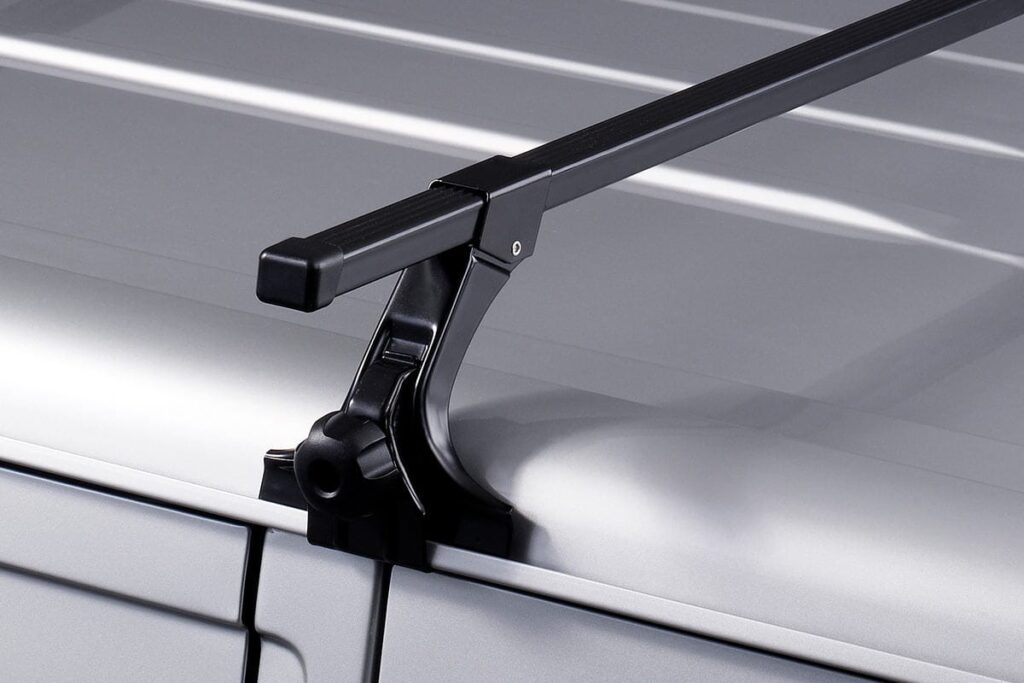
These were installed by design on a huge majority of cars in the 80s and 90s, and are not directly intended to rails for racks, but sort of evolved the industry. Because these fixtures were so common, rack companies designed a lot of their products to work with these types of rails, and future rail systems were designed to emulate these.
Key Features
Sturdy, solid metal, and common in older cars, these are perfect for when you’re buying a used van or SUV for use strictly as a vacation vehicle.
Pros
- These racks are sturdy and well-built
- They need to be attached safely and securely, since drain rails are dependable, the designs haven’t changed in years, to less disarray while purchasing.
Cons
- There aren’t any – these are incredible racks assuming that you have the downpour drains on your vehicle.
- They hold a huge measure of weight and function admirably with tall and short gear stacks.
6. Track Mount: ( Types of Roof Racks )
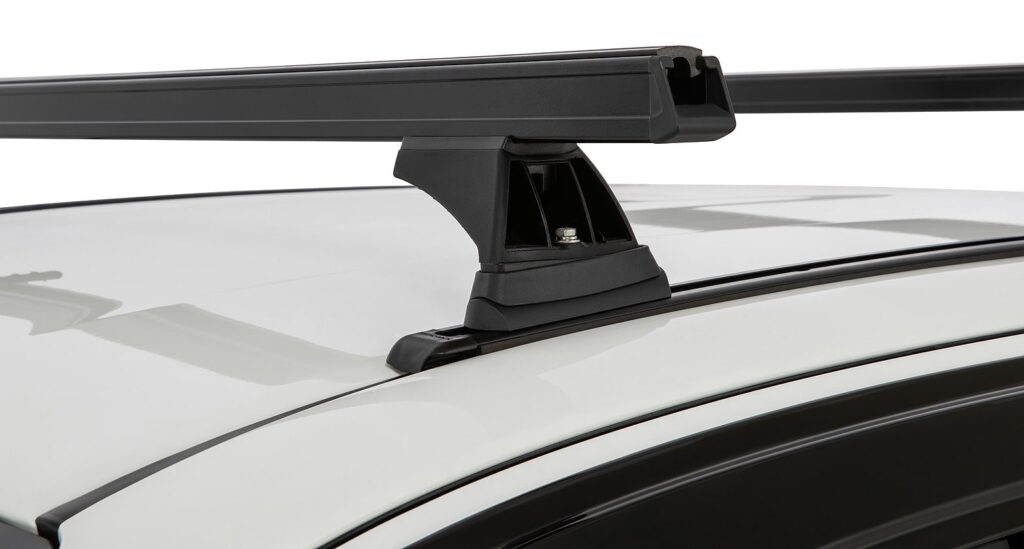
Conclusion
Rooftop racks are the best companion on the off chance that you are planning to go surfing, skiing, setting up camp, and so on. Be that as it may before you buy them; be certain the material is of good quality. You can decide on a steel rack on the off chance that you are watching out for something strong and heavy or purchase an aluminum one assuming you are searching for something which is light and can handle a lower load.
